Mini skis are fun, portable, and easy to learn - but staying safe is key! Here’s a quick guide to get you ready:
- Gear Up: Wear a helmet, goggles, waterproof gloves, and winter boots with ankle support. Add wrist and knee guards for extra protection.
- Start Slow: Practice on gentle bunny slopes and learn stopping techniques before moving to steeper terrain.
- Warm Up: Stretch your ankles, knees, and core to avoid injuries.
- Follow Slope Rules: Stick to marked trails and let lift operators know about your mini skis.
- Master Basics: Learn balance, braking, and turning to stay in control.
Quick Comparison: Mini Skis vs. Regular Skis
| Feature | Mini Skis | Regular Skis |
|---|---|---|
| Length | 38–50 cm | Much longer |
| Portability | Fits in a backpack | Bulky; needs a ski bag |
| Boot Requirements | Winter boots | Specialized ski boots |
| Learning Curve | Faster | Slower |
| Fall Safety | Gentler | Higher impact |
Mini skis are perfect for beginners and recreational skiers. They’re lightweight, easier to control, and safer for falls. Just follow these tips and enjoy the slopes!
Required Safety Equipment
Required Safety Equipment
Key Safety Gear
- Helmet: A well-fitted snow-sports helmet for head protection
- Goggles: Anti-fog lenses with full coverage to shield your eyes
- Gloves: Insulated, waterproof gloves with a good grip
- Wrist and Knee Guards: Slim guards to help protect your joints
- Boots: Waterproof winter or snowboard boots with strong ankle support
Once you're geared up, focus on choosing the right clothing layers to stay warm and move comfortably.
Slope Safety Rules
Basic Rules
Waxed mini skis can pick up speed fast. Always wear a helmet and start on gentle, groomed bunny slopes to practice stopping techniques.
"THESE THINGS GO FAST! Especially when you wax them! So don't hesitate or be worried about starting on the bunny slopes." - Israel Oast
Make sure to follow proper lift etiquette and stick to designated trails to ensure safety.
Using Lifts and Trails
When using lifts or staying on marked runs, keep these tips in mind:
- Let lift operators know about the exposed blades on your mini skis.
- Stick to groomed snow for the best performance.
- Consider using poles if you need extra balance on uneven terrain.
How Mini Skis Handle
"With these little skis, you feel much more agile, faster, and above all – comfortable. No buckles, no heavy boots – just strap in and go." - Jakub F
Once you’re comfortable with trail etiquette, focus on mastering basic skills to avoid common mistakes.
How to Use Snowfeet* Snowblades 99 CM | Short Skis ...

sbb-itb-17ade95
Starting Skills and Common Errors
Once you've got your gear and slope rules sorted, it's time to focus on the basics for a safe ride.
Core Skills
Start by standing with your feet shoulder-width apart. Place one foot slightly ahead of the other, and bend your knees to keep your center of gravity low.
- Push off sideways, like in hockey, while keeping your weight centered. Avoid leaning too much on your toes.
- Use your heels to brake and keep your knees bent to absorb shocks.
- Shift your weight between your midfoot and heel to maintain balance.
- If you feel unsteady, tilt your torso forward slightly and extend your arms for stability.
- To turn, angle your skates and adjust your body weight in the direction you want to go.
Mistakes to Avoid
Skipping proper form or slope etiquette can lead to injuries. Keep an eye out for these common errors:
- Leaning too far forward: This often causes falls. Focus on shifting your weight to your heels and keeping your shoulders back.
- Stiff legs: Rigid legs can't absorb shocks well. Keep your knees bent and flexible.
- Starting on steep slopes: Beginners should stick to gentle, easy runs to avoid picking up too much speed.
- Improper stopping techniques: Losing control while stopping is risky. Practice hockey-style stops until they feel natural.
Mini Ski Learning Time
If you've done roller sports before, you're already ahead of the game. Rollerbladers and hockey players often pick up the basics in just one session. For most beginners, focusing on stance, movement, and stopping during the first few outings leads to noticeable progress.
Before You Start Checklist
Get yourself ready for the slopes with this quick checklist. It covers everything from warming up to checking your gear and conditions.
Warm-Up Steps
Start with some dynamic stretches to get your body ready. Focus on your ankles, knees, hips, and core:
- Ankle rolls: 10 rotations in each direction
- Knee bends: 10 repetitions
- Hip circles: 5 rotations in each direction
- Forward lunges: 5 reps per leg
- Torso twists: 10 twists on each side
Spend about 2–3 minutes on each exercise to loosen up and improve mobility.
Weather Check
Before heading out, make sure to check the weather and slope conditions:
- Look at the forecast for temperature (°F), wind, and visibility.
- Confirm that your chosen slope has groomed snow.
- Check for any icy or crusty patches that could affect safety.
Ski Lessons
If you're new or need a refresher, consider booking a session with a certified instructor. You'll learn the basics of mini-skiing faster, including stopping techniques and balance drills. Practice on a gentle slope to build confidence.
Safety: Mini Skis vs Regular Equipment
The shorter length of mini skis makes them easier to control and less tiring to use, which can lower the risk of accidents compared to traditional skis. While longer skis provide better stability at high speeds, mini skis are well-suited for recreational skiers and help beginners gain confidence faster.
"Falling is generally much safer than falling with skis or snowboard." - Israel Oast
Equipment Comparison Chart
| Safety Aspect | Mini Skis | Traditional Skis |
|---|---|---|
| Learning Curve | Faster skill progression | Slower progression |
| Control | Easier to maneuver | Requires more effort |
| Physical Effort | Less tiring | More demanding |
| Fall Safety | Falls are gentler | Falls have higher impact |
Use this comparison to guide your preparation. Focus on practicing control drills and ensuring your gear is in good condition before hitting the slopes.
Key Safety Points
Once you've got your gear, know the slope rules, and practiced the basics, keep these safety tips in mind before hitting the slopes:
- Helmet: Always wear a certified ski helmet for protection.
- Footwear: Use waterproof shoes with good ankle support.
- Bunny Slopes: Practice stopping and turning here, and communicate with lift operators if needed.
Falling is a normal part of learning and usually less intense compared to traditional skiing or snowboarding. Treat every run as a chance to get better.
FAQs
What are the benefits of using mini skis for beginners compared to traditional skis?
Mini skis provide several key advantages for beginners over traditional skis. Their shorter length makes them much easier to control, allowing for smoother turns and a quicker learning process. This reduced length also means a lighter swing weight, so less effort is required to maneuver, making them ideal for building confidence on the slopes.
Another benefit is their portability. Mini skis are compact enough to fit into a backpack, making them far more convenient to transport and store compared to bulky traditional skis. Whether you're heading to the mountains or just storing them at home, mini skis are a hassle-free option for beginners looking to enjoy skiing without the extra baggage.
What’s the best way to practice stopping safely on mini skis as a beginner?
To practice stopping safely on mini skis, start on gentle, beginner-friendly slopes to build your confidence and control. Focus on using the basic snowplow technique by pointing the tips of your skis inward while keeping your heels apart. This will help you gradually slow down and stop effectively.
It’s important to wear proper safety gear, including a helmet and gloves, to protect yourself while practicing. Try practicing on bunny slopes or areas specifically designed for beginners, as these provide a safe and controlled environment to master your stopping skills. Take your time, and don’t hesitate to repeat the technique until it feels natural.
How do I choose the best slope for my first mini skiing adventure?
When starting out with mini skis, it’s important to pick a slope that matches your skill level. For beginners, gentle, well-groomed slopes are the safest option. These provide a smooth surface and manageable terrain to help you get comfortable with balance and control.
If you’re using shorter mini skis, like the 38 cm models, they’re perfect for smaller, less steep hills. For slightly longer mini skis, such as those in the 65–99 cm range, look for slopes with packed snow, as these skis offer better edge control and smooth maneuvering. Always prioritize safety and take your time to build confidence on easier runs before progressing to more challenging terrain.

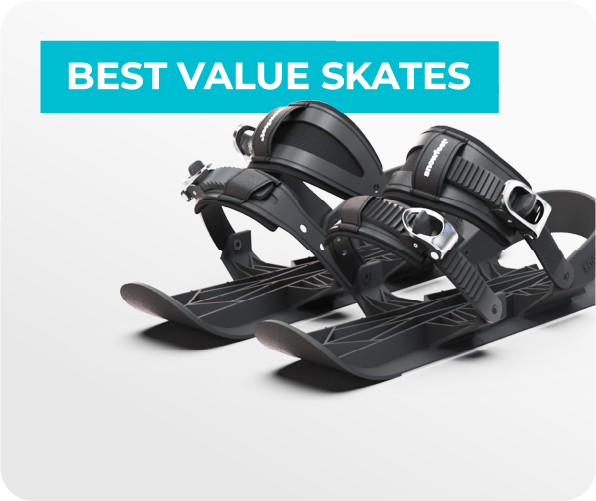
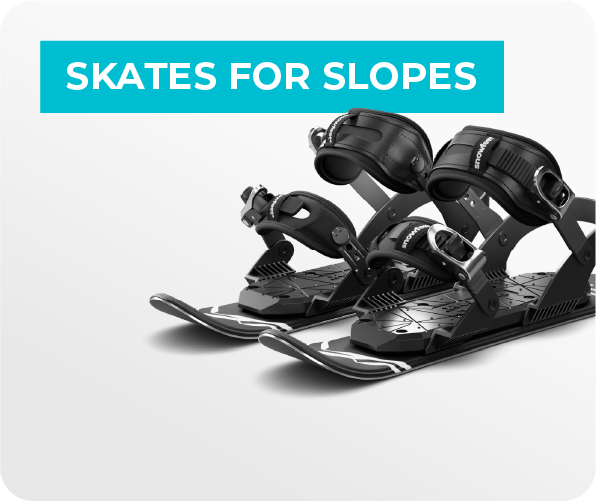
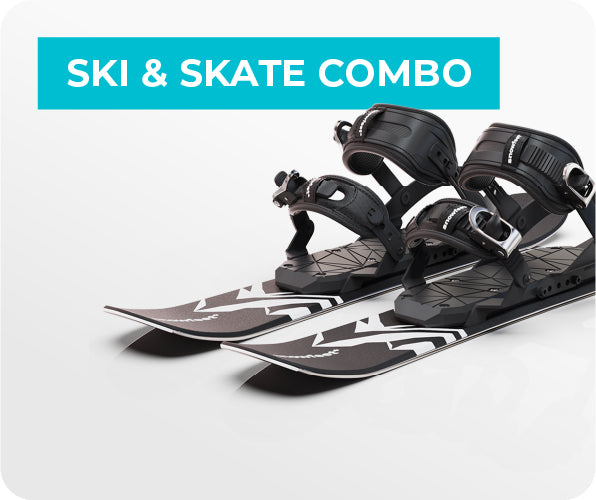
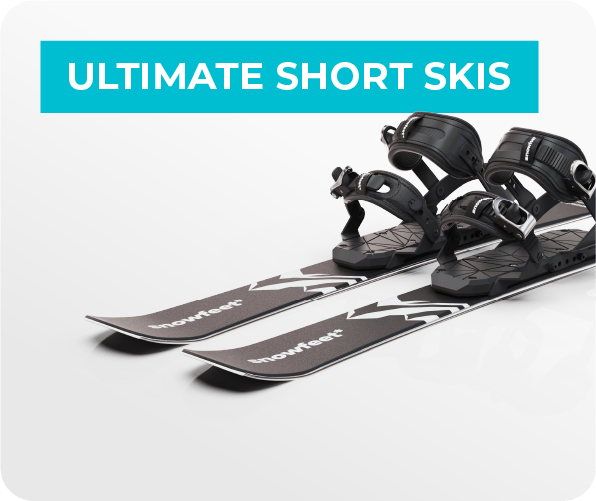
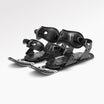
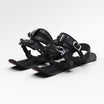
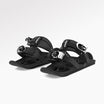
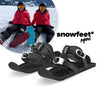
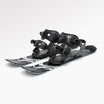
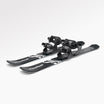
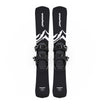

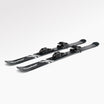
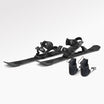
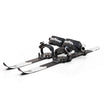
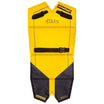
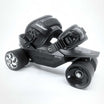
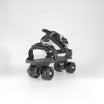
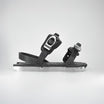
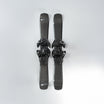
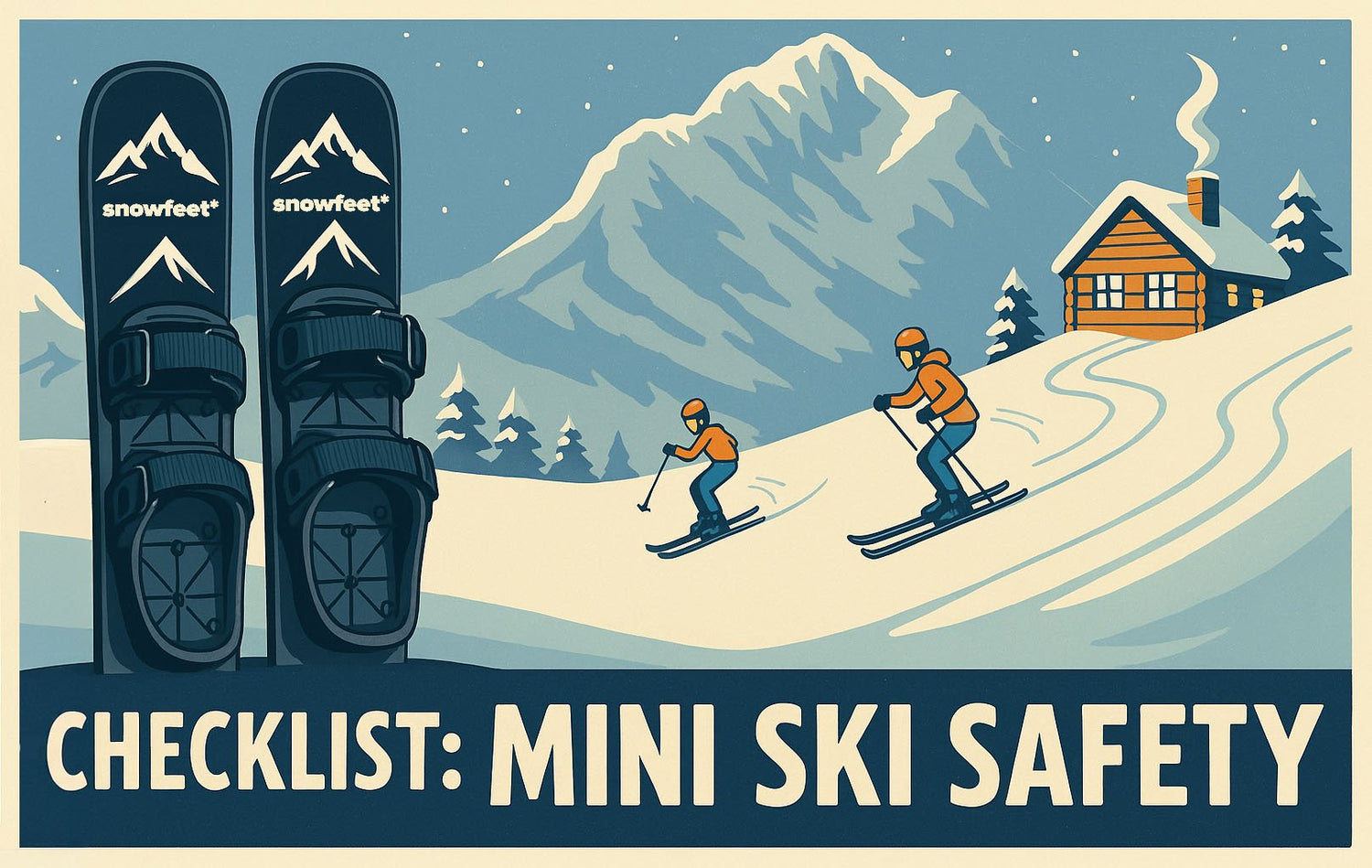
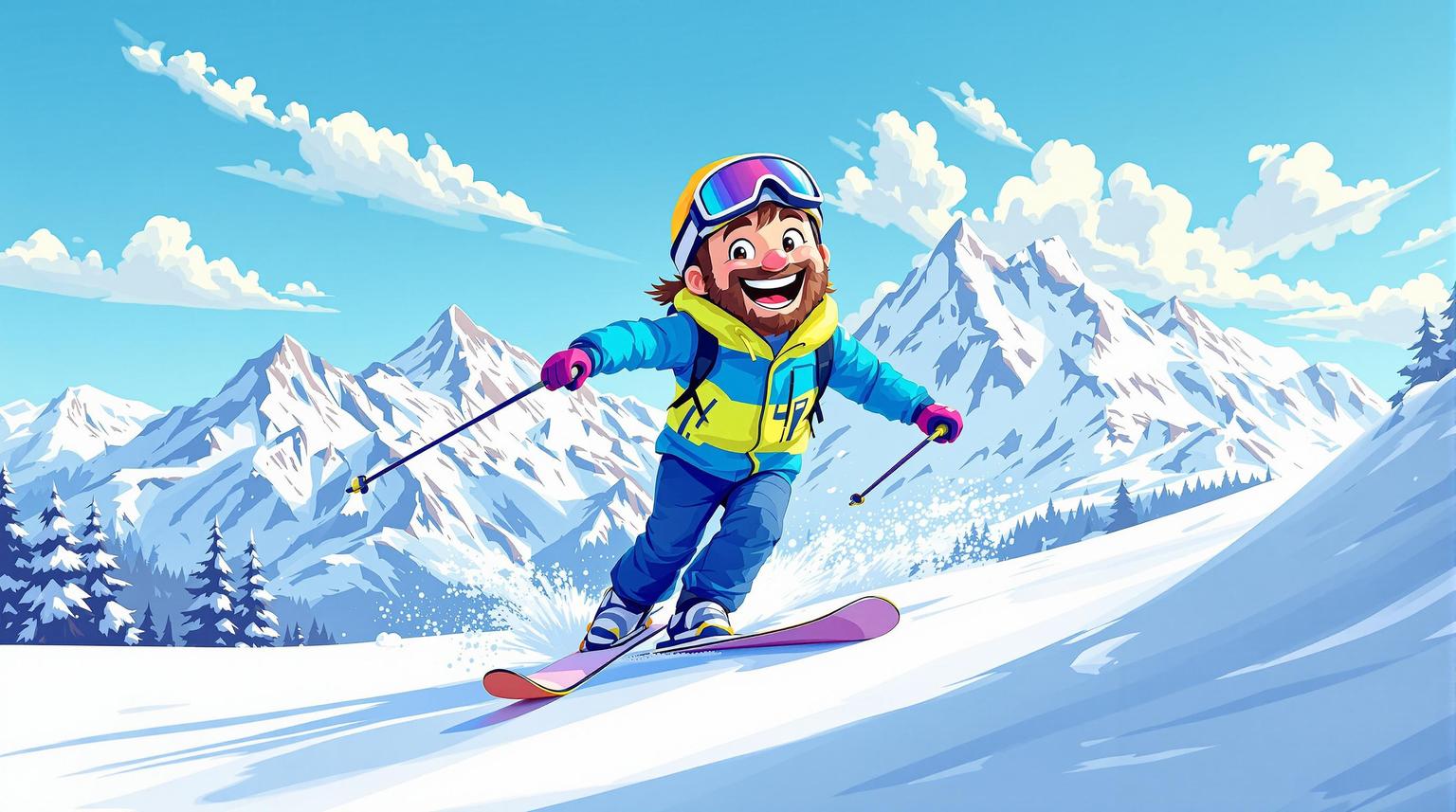
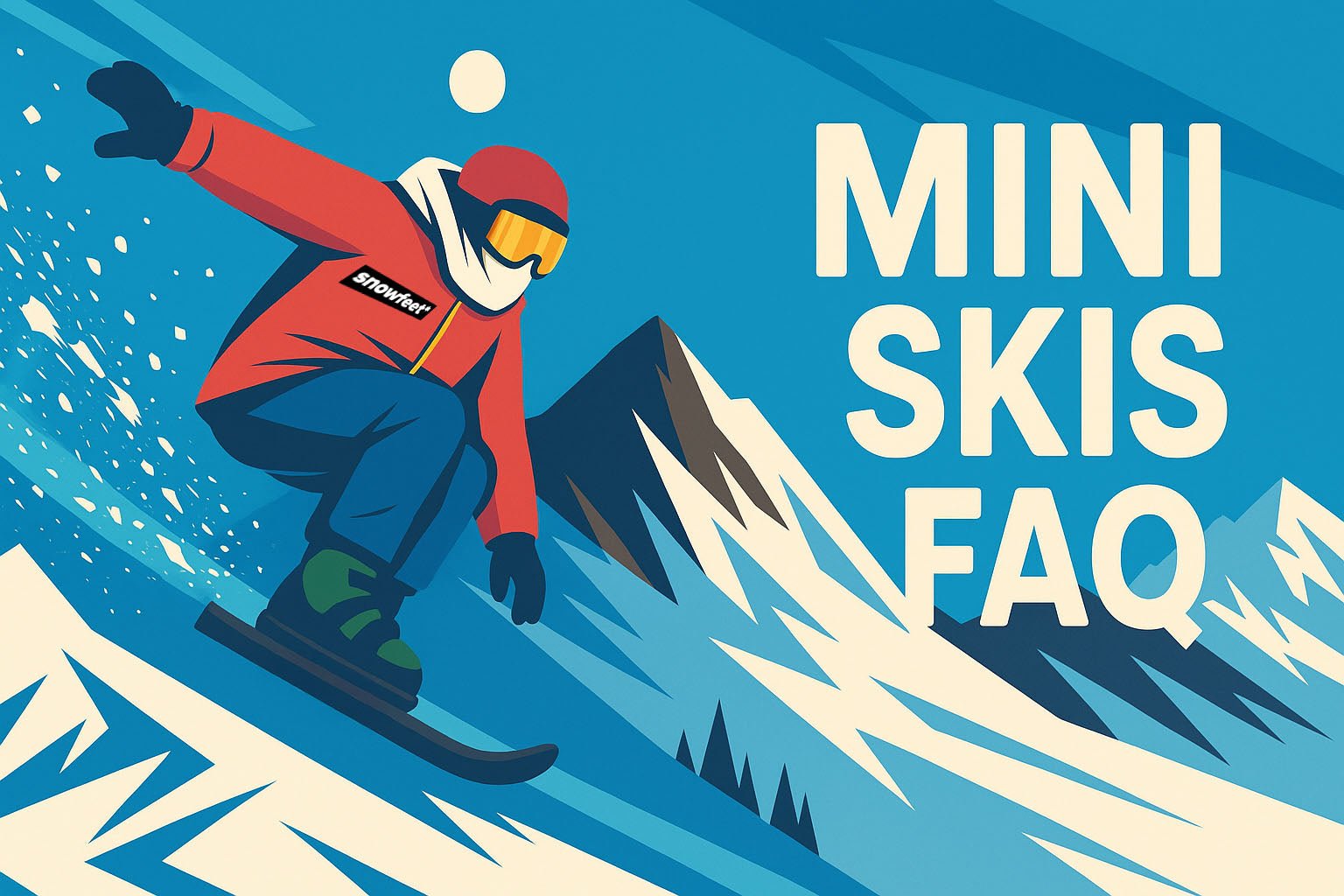
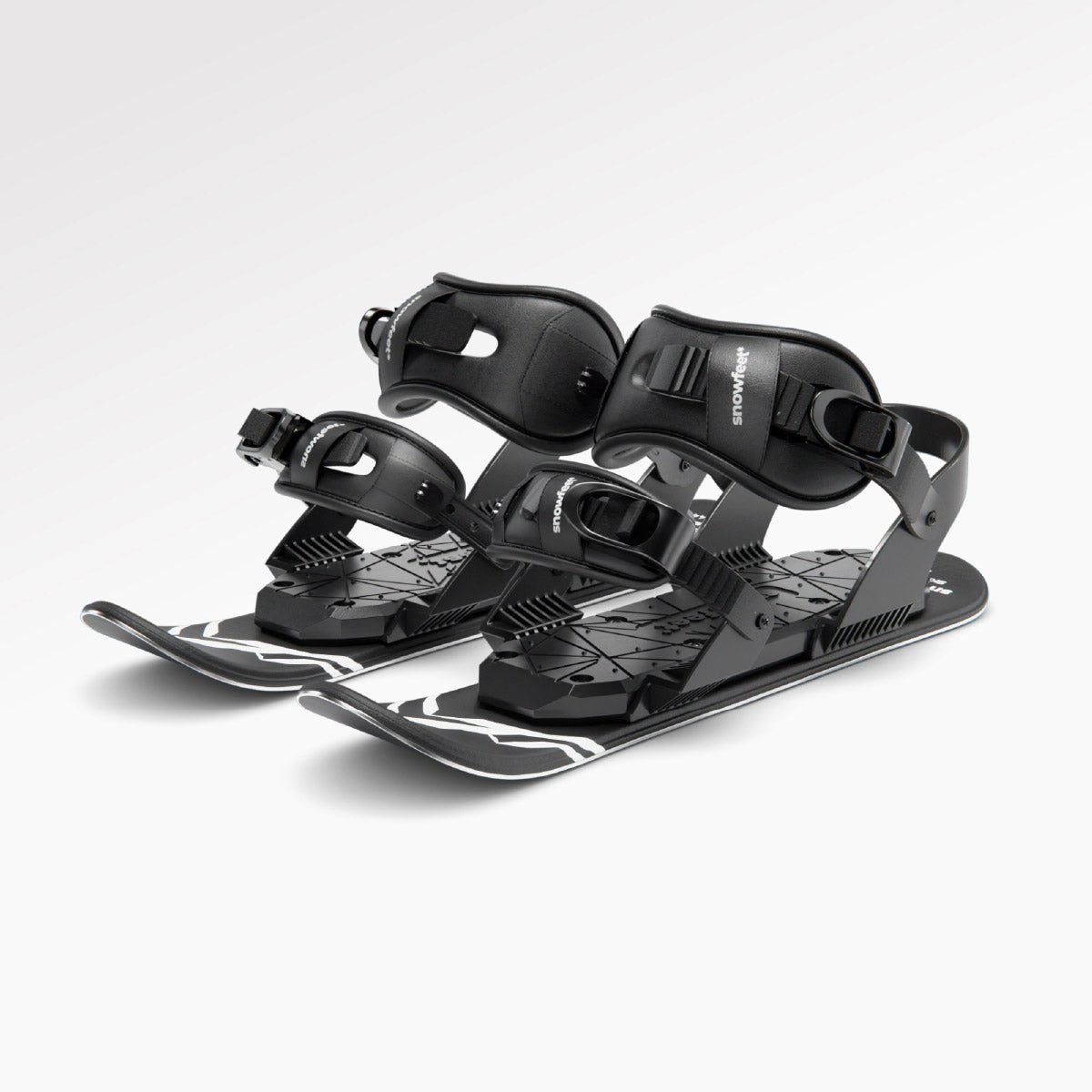
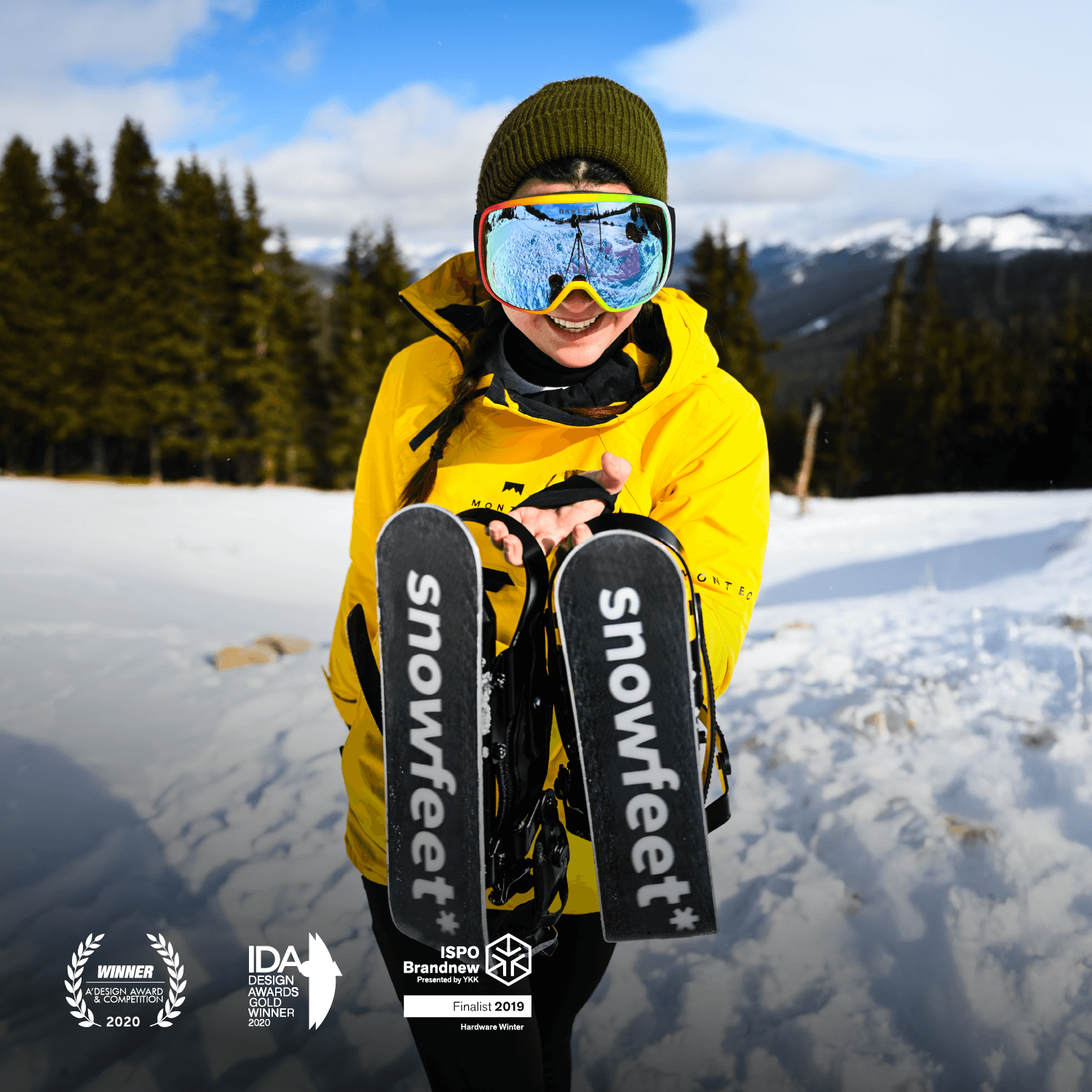
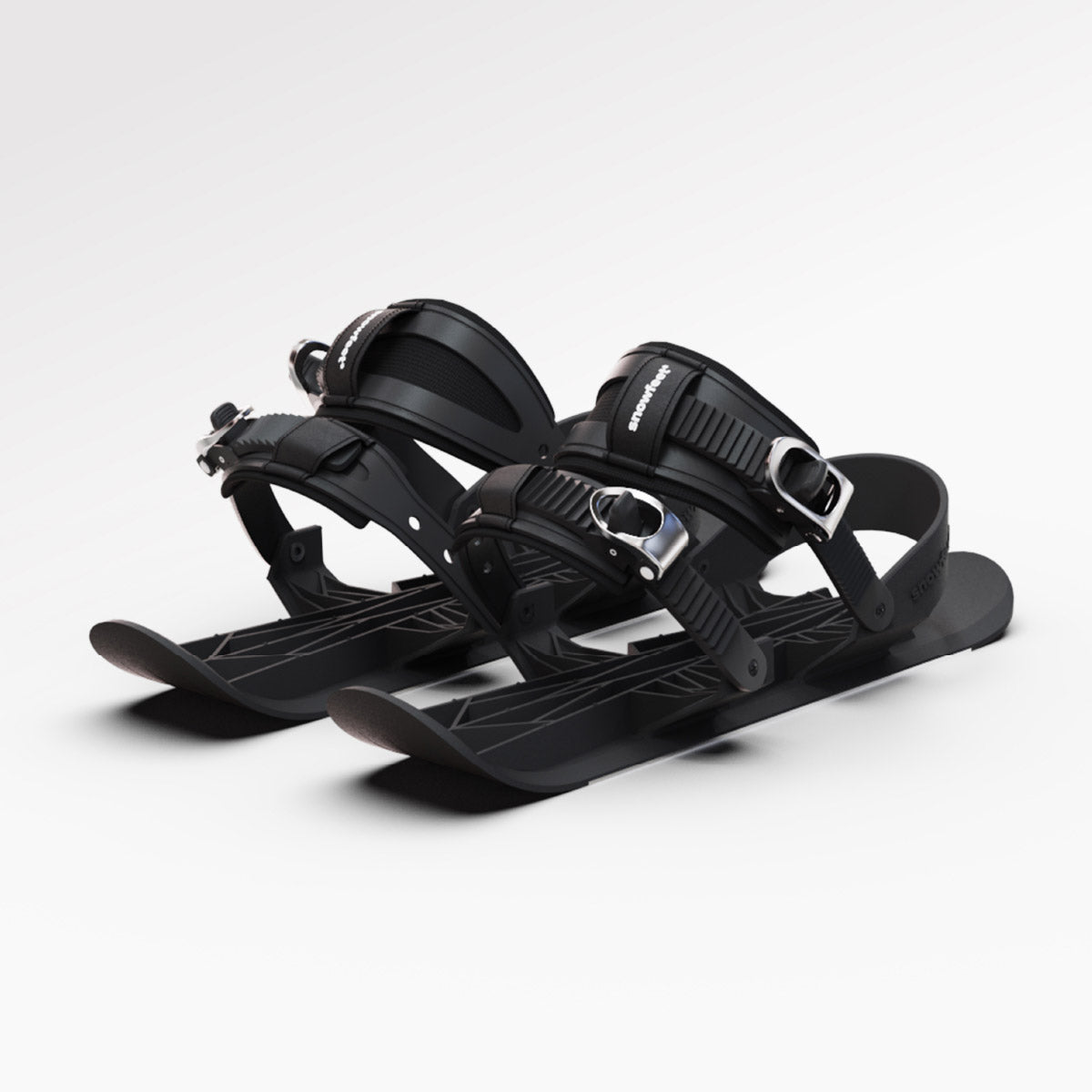

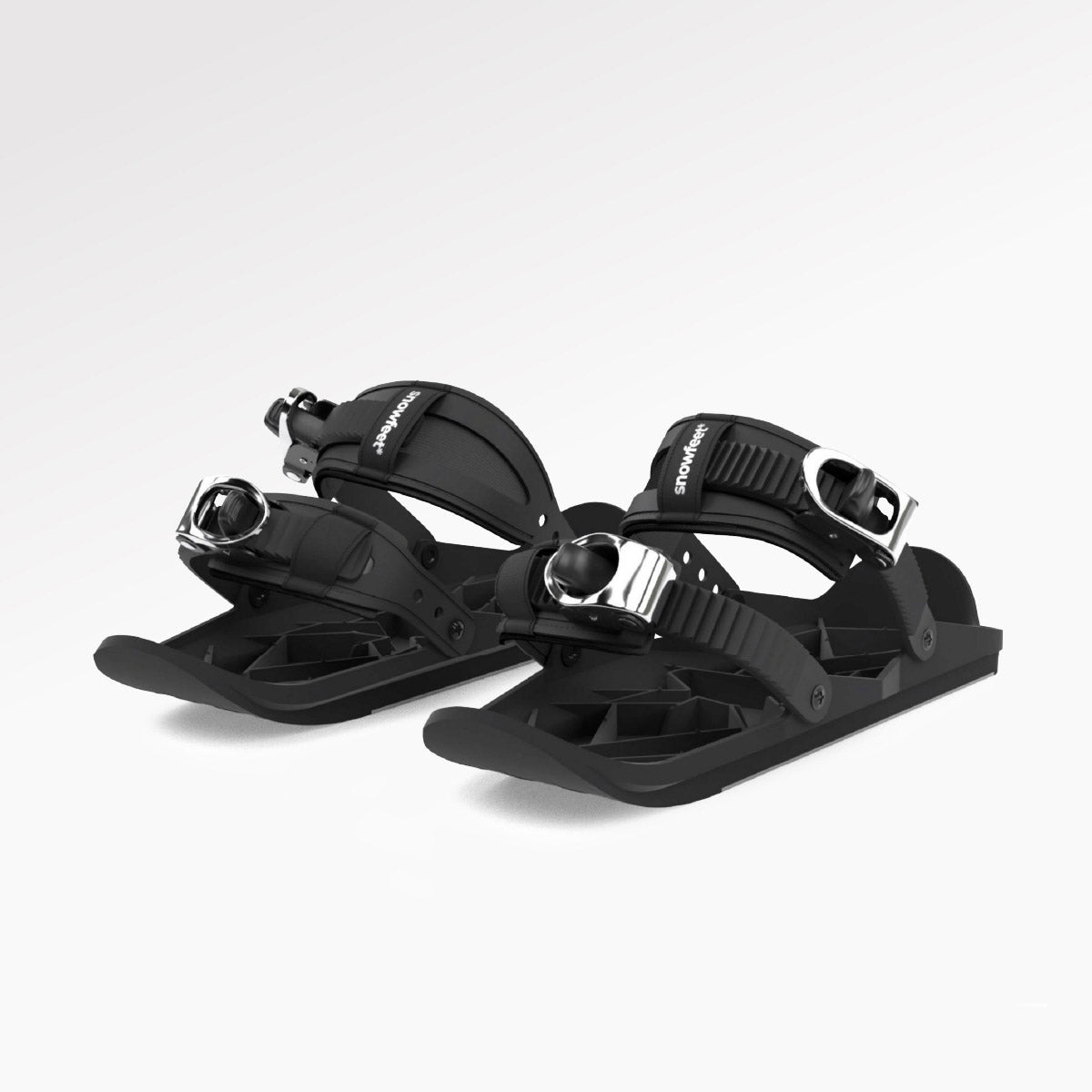
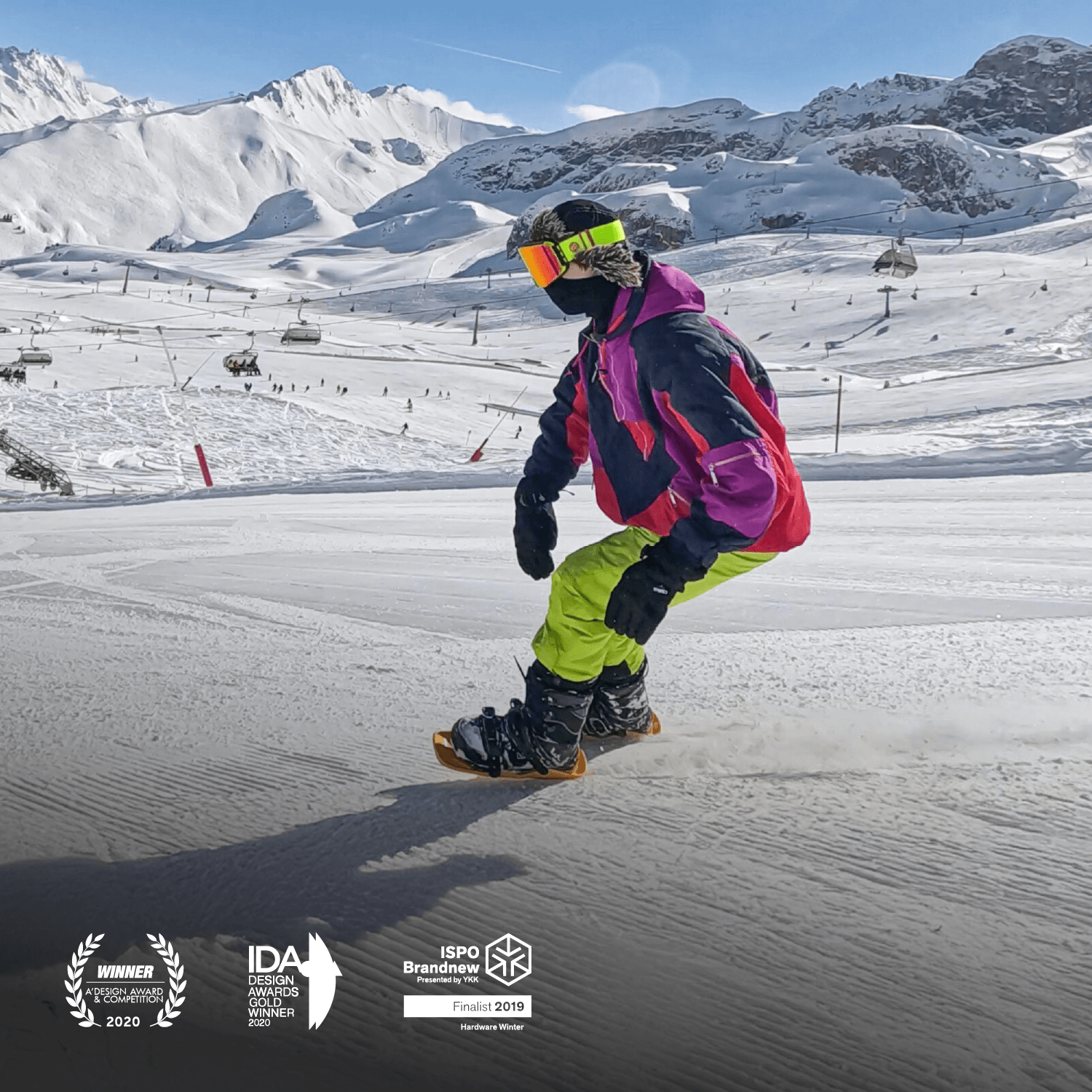

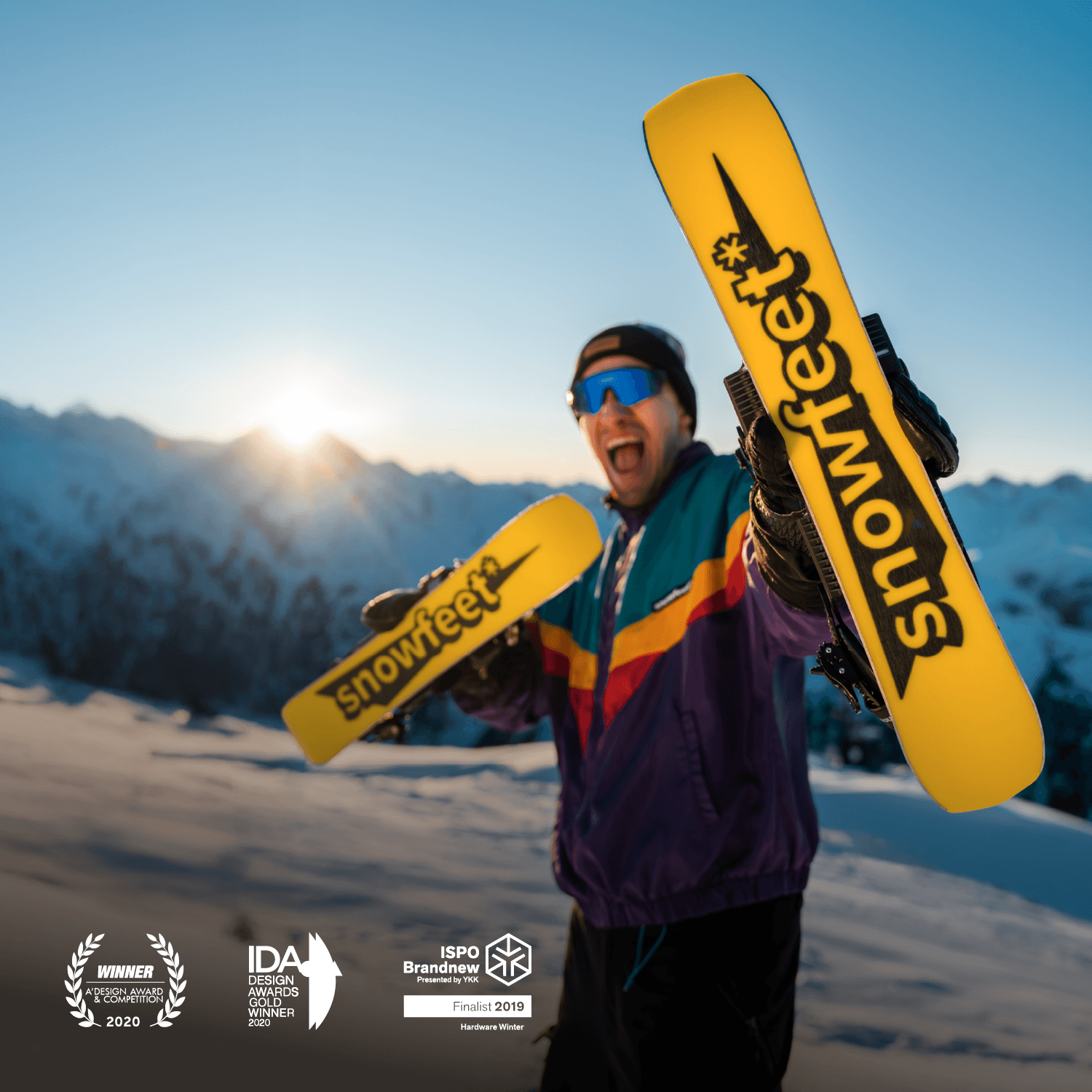
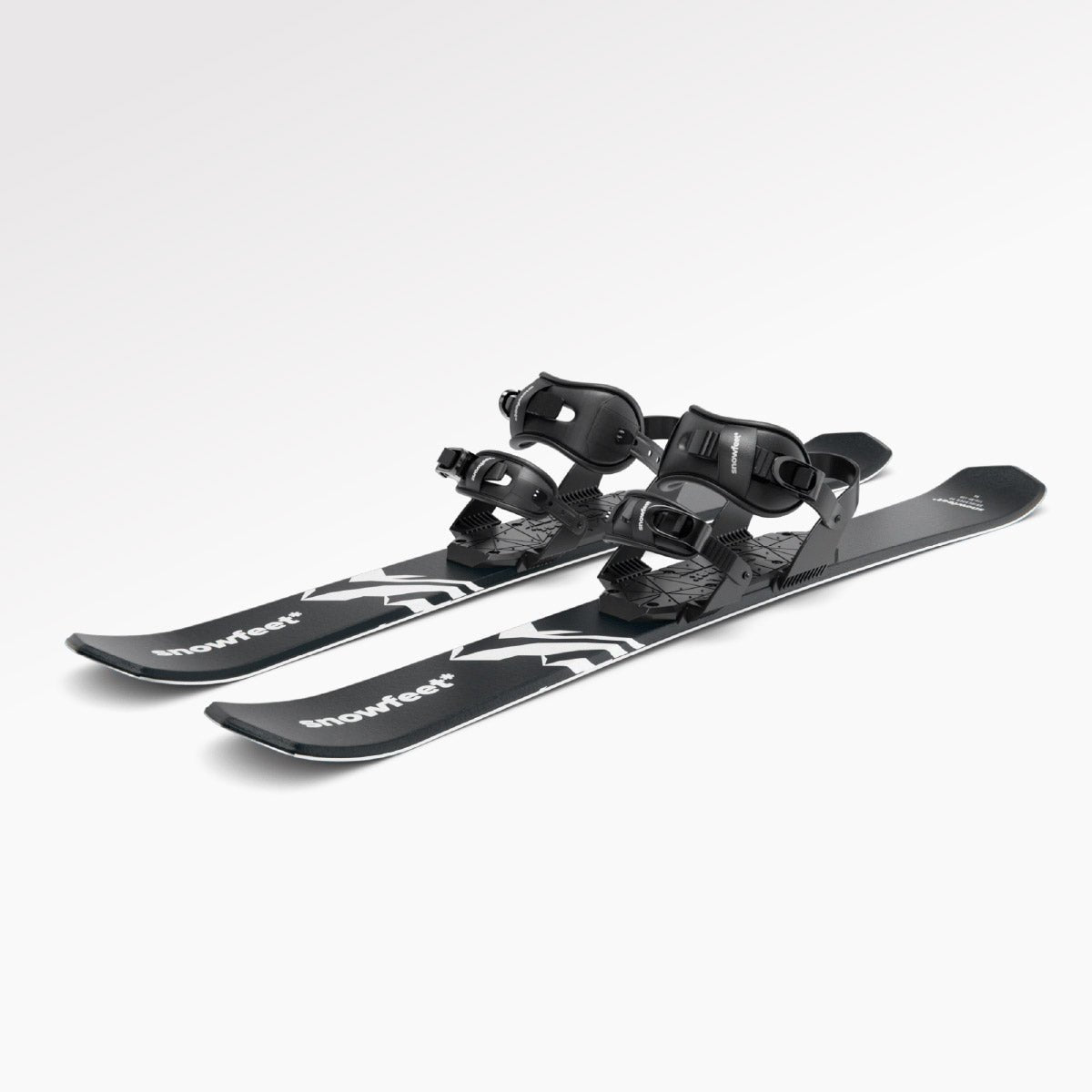
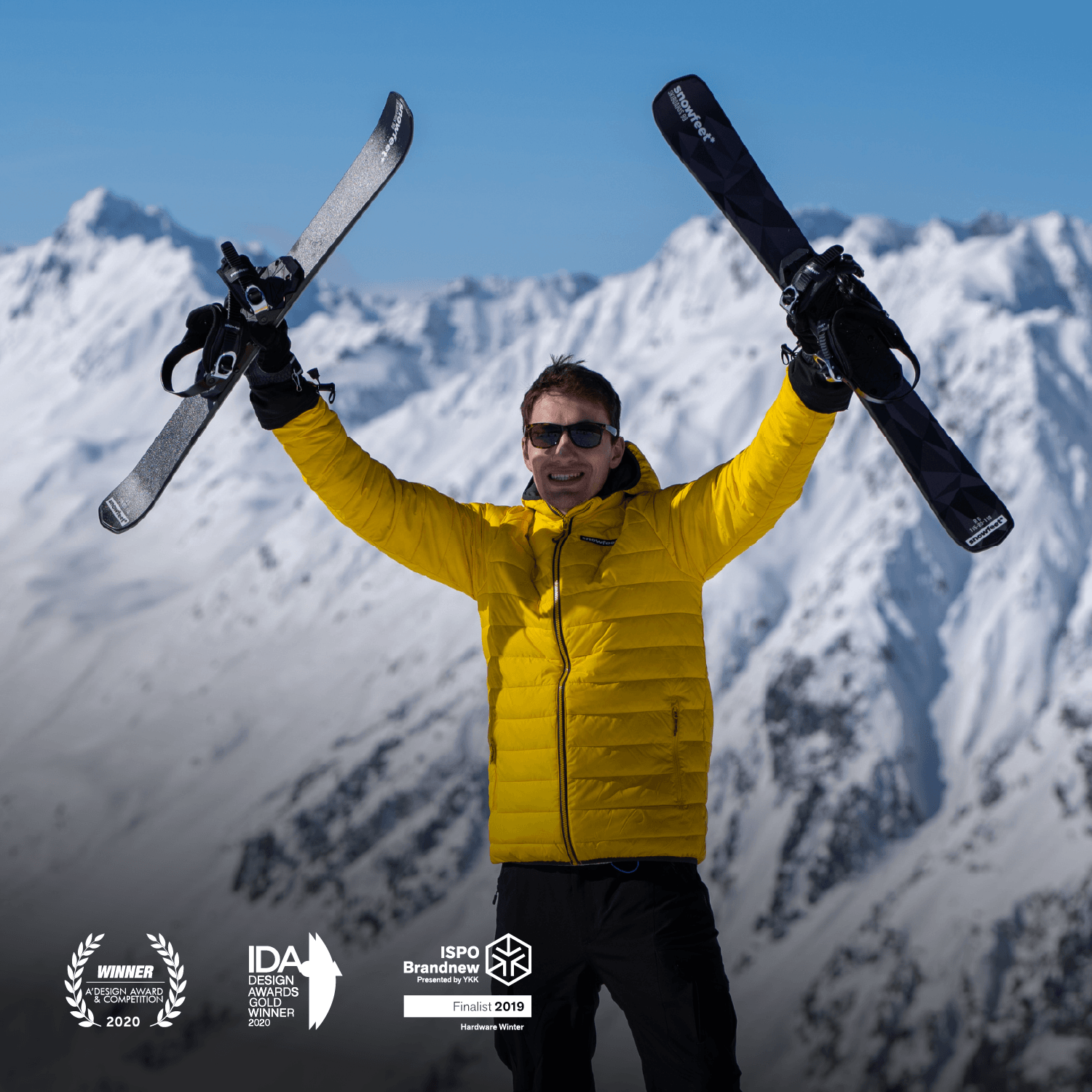
Leave a comment
This site is protected by hCaptcha and the hCaptcha Privacy Policy and Terms of Service apply.